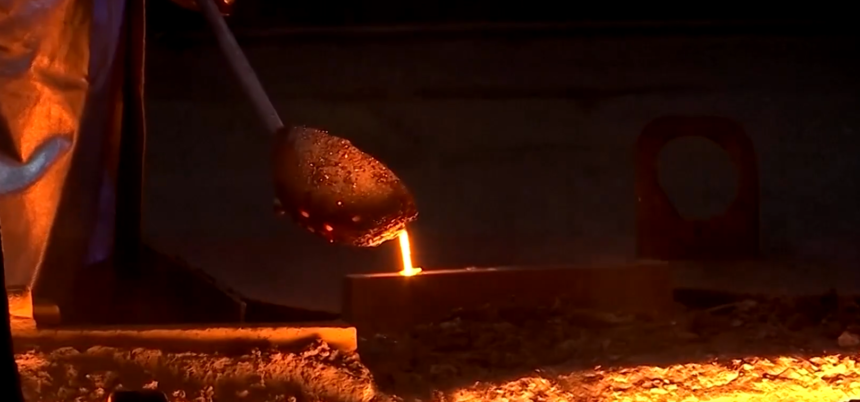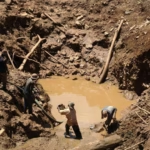Key Highlights:
- EU to reduce steel import quotas by 15% from April 1.
- New measures to replace safeguards expected in the third quarter.
- Public procurement rules will prioritize European steel production.
Brussels, March 19, 2025 – The European Union will implement stricter steel import quotas starting April 1, cutting inflows by 15% to prevent an influx of cheap steel from outside markets, according to a senior EU official. This decision aims to protect European steel producers from the impact of U.S. tariffs, which have redirected global steel supplies toward Europe.
European steel manufacturers, already struggling with high energy costs and increasing competition from Asia, have expressed concerns about the EU becoming a dumping ground for surplus steel that can no longer enter the U.S. due to a 25% tariff imposed by the Trump administration.
Industry Concerns Over Market Disruptions
European Commission Executive Vice-President Stephane Sejourne emphasized the need for action, stating, “At a time when global trade rules are being disregarded under the guise of national security, the EU cannot afford to be the only region allowing its industry to decline.” He warned that steel producers from Canada, India, and China would likely shift more exports to Europe as the U.S. market becomes less viable.
According to Thyssenkrupp’s CEO, the U.S. imported approximately 23 million metric tons of steel last year. With new tariffs in place, much of this volume is now seeking alternative destinations, including Europe. Following the announcement, shares of ArcelorMittal, Europe’s largest steel producer, rose 0.9% in trading.
New Trade Measures and Future Safeguards
The European Commission will unveil a set of trade-related policies under its European Steel and Metals Action Plan. A draft of the plan indicates that additional import restrictions are being considered. The Commission is also evaluating whether to fast-track a safeguard investigation for the aluminum industry, which faces similar challenges.
The revised quotas, referred to as safeguards, will reduce permitted steel imports by 15% across multiple categories. Imports within these quotas will remain tariff-free, but steel exceeding the limit will face a 25% tariff. Since 2019, the EU’s quota volumes have increased by 25% to comply with WTO regulations.
In 2024, the EU imported around 60 million metric tons of steel, with half of that falling within the tariff-free quota. However, the current safeguard measures are set to expire on June 30, 2026. The Commission plans to introduce a stricter mechanism in the third quarter of 2025 to replace these safeguards, with further details yet to be finalized.
Strategic Importance of Domestic Steel Production
Sejourne highlighted the need for Europe to anticipate future geopolitical challenges, referencing past energy dependency on Russian gas. “We must prevent steel from becoming the next critical resource we are overly reliant on from external sources,” he stated.
The EU aims to strengthen domestic steel production, particularly in the context of rebuilding its military-industrial sector following the Ukraine conflict. To further support the industry, the Commission will update public procurement rules in 2026 to prioritize European steel. Additionally, a new “melted and poured” regulation will prevent importers from disguising the origin of steel through minimal processing.
Beyond trade measures, a pilot initiative in collaboration with the European Investment Bank will focus on securing long-term energy contracts for steel and aluminum producers. More details on this program will be announced in the second quarter of 2025.
“We want to retain steel production within Europe and ensure a sustainable recycling system,” Sejourne concluded. “Steel is critical to our defense, automotive, and manufacturing industries, and we must take action to protect it.”















